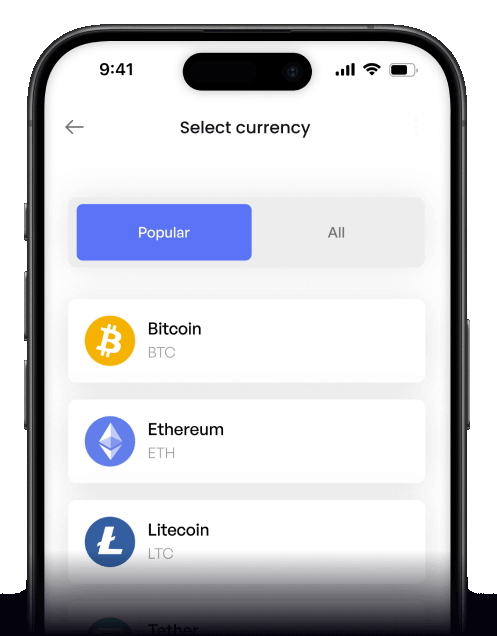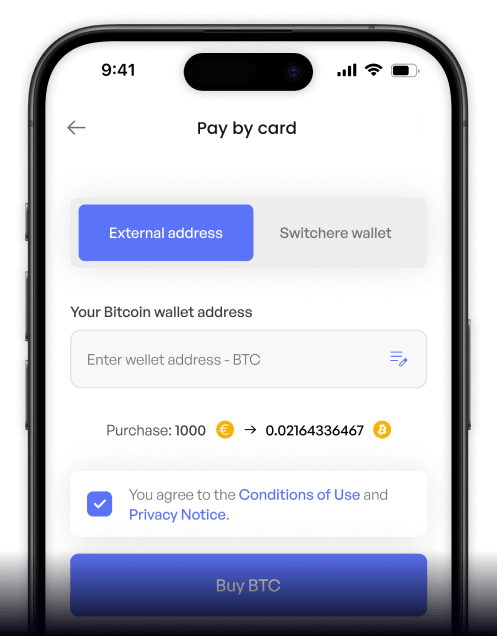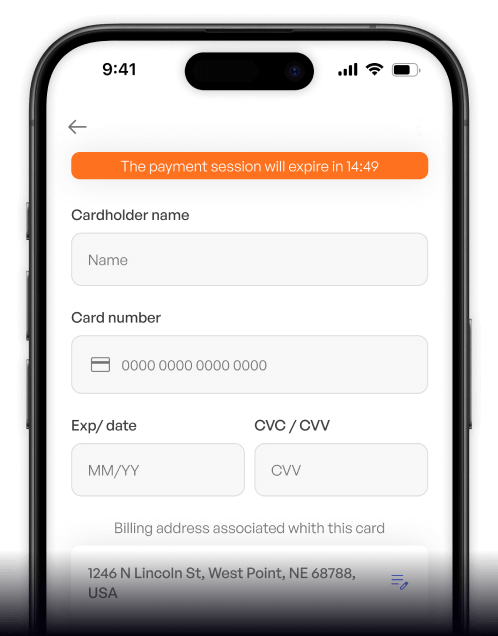- Hjemmeside
- Konverter
- Tunisian dinar (TND) til Avalanche (AVAX)
Konverter
Tunisian dinar (TND) til Avalanche (AVAX) med det samme
Køb Avalanche (AVAX) med Tunisian dinar (TND) nemt hos Switchere og nyd godt af hurtige, sikre transaktioner.
Omkring
Avalanche (AVAX)
Avalanche (AVAX) fremstår som en højtydende Layer 1 blockchain-teknologiplatform, der er omhyggeligt konstrueret til at løse det kritiske skalerbarhedstrilemma - opnåelse af decentralisering, sikkerhed og høj gennemstrømning. Dets primære formål er at skabe et robust og alsidigt fundament for decentrale applikationer (dApps) og brugerdefinerede blockchain-implementeringer, kendt som subnets. Dette decentrale netværk bruger den innovative Avalanche-konsensusprotokol, en familie af Snowball-influerede mekanismer, der muliggør næsten øjeblikkelig transaktionsafslutning, typisk under to sekunder, hvilket adskiller det i det konkurrenceprægede landskab af digitale aktivplatforme. Platformens arkitektur fremmer et blomstrende økosystem for komplekse smarte kontrakter og forskelligartet Web3-infrastruktur.
Avalanches kernearkitektur er unikt struktureret omkring tre forskellige, men interoperable kæder: Exchange Chain (X-Chain) til oprettelse og styring af digitale aktiver, Platform Chain (P-Chain) til koordinering af validatorer, sporing af aktive undernet og muliggørelse af oprettelse af nye undernet og Contract Chain (C-Chain) til udførelse af Ethereum Virtual Machine (EVM)-kompatible smartkontrakter. Dette design med flere kæder muliggør en bred vifte af anvendelsesmuligheder, herunder avancerede DeFi-applikationer, virksomhedsløsninger og blockchain-baserede spil. Det oprindelige utility token, AVAX, er en integreret del af økosystemets tokenomics; det bruges til at betale transaktionsgebyrer på tværs af netværket, sikre platformen gennem validering, deltage i beslutninger om styring af kæden og som en fælles kontoenhed blandt subnettene. Dette positionerer Avalanche som et vigtigt og tilpasningsdygtigt infrastrukturlag, der sigter mod at understøtte en ny generation af decentrale systemer og digitale hovedbøger.
Sådan køber du Avalanche (AVAX).
Populære mønter for Tunisian dinar (TND)
Andre mønter til Tunisian dinar (TND)
Ofte stillede spørgsmål
-
Hvad er de almindelige metoder til at købe Avalanche (AVAX) med tunesiske dinarer (TND)?
Direkte TND til AVAX fiat on-ramps på store kryptovalutabørser er ualmindelige. Den typiske proces involverer en flertrinskonvertering: først konverteres TND til en større valuta som USD eller EUR via en lokal bank eller tjeneste, der tillader internationale overførsler, og derefter bruges den valuta på en global børs til at købe AVAX. Alternativt kan Peer-to-Peer (P2P) platforme tilbyde direkte TND/AVAX-par, men det kræver omhyggelig kontrol af modparter og overholdelse af lokale KYC/AML-regler. -
Hvorfor er Avalanche-konsensusprotokollen en afgørende fordel, når man handler med AVAX?
Avalanche-konsensusprotokollen giver næsten øjeblikkelig transaktionsfinalitet (under 1 sekund), hvilket er afgørende for handel og DeFi. I modsætning til systemer med probabilistisk finalitet er en AVAX-transaktion, når den er bekræftet, irreversibel. Denne høje gennemstrømning og lave latenstid sikrer, at når du udfører en handel eller interagerer med en smart kontrakt på Avalanche C-Chain, afvikles blockchain-transaktionen hurtigt og sikkert, hvilket minimerer risici forbundet med prisglidning og netværksbelastning. -
Hvad er rollerne for Avalanche C-Chain, X-Chain og P-Chain for en AVAX-indehaver?
Avalanche bruger en multi-chain-arkitektur. X-Chain (Exchange Chain) er til at skabe og handle digitale aktiver, herunder AVAX. P-Chain (Platform Chain) er til at koordinere validatorer og stake AVAX for at sikre netværket. C-Chain (Contract Chain) er en Ethereum Virtual Machine (EVM) implementering til at køre smarte kontrakter og decentraliserede applikationer (dApps). De fleste brugere, der køber AVAX til DeFi, vil primært interagere med C-Chain. Det er afgørende at sende midler til den korrekte kædeadresse fra din digitale tegnebog. -
Hvordan giver Avalanches subnets værdi til brugere, der konverterer fra TND?
Subnets (undernetværk) er en central skaleringsløsning for Avalanche, der giver projekter mulighed for at lancere deres egne brugerdefinerede, applikationsspecifikke blockchains. For en bruger betyder det, at selvom en applikation eller et subnet oplever høj trafik, vil det ikke overbelaste hele Avalanche-netværket. Dette sikrer, at transaktionsgebyrer (gas) og behandlingstider for dine AVAX-transaktioner på det primære netværk forbliver stabile og lave, hvilket beskytter værdien og nytten af det digitale aktiv, du har erhvervet. -
Hvad er de typiske gebyrer, når man konverterer TND til AVAX?
Gebyrstrukturen er i flere lag. For det første kan der være valutaomregningsgebyrer for at veksle TND til USD/EUR og internationale bankoverførselsgebyrer. For det andet vil kryptovalutabørsen opkræve et handelsgebyr (maker/taker fee) på ordrebogen. Endelig, når du hæver AVAX til en personlig digital tegnebog, kræves et blockchain-transaktionsgebyr, betalt i AVAX, for at dække netværksbehandling. Dette sidste gebyr er typisk lavt på Avalanche sammenlignet med andre netværk på grund af dens effektive konsensusprotokol.






